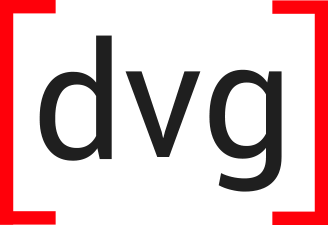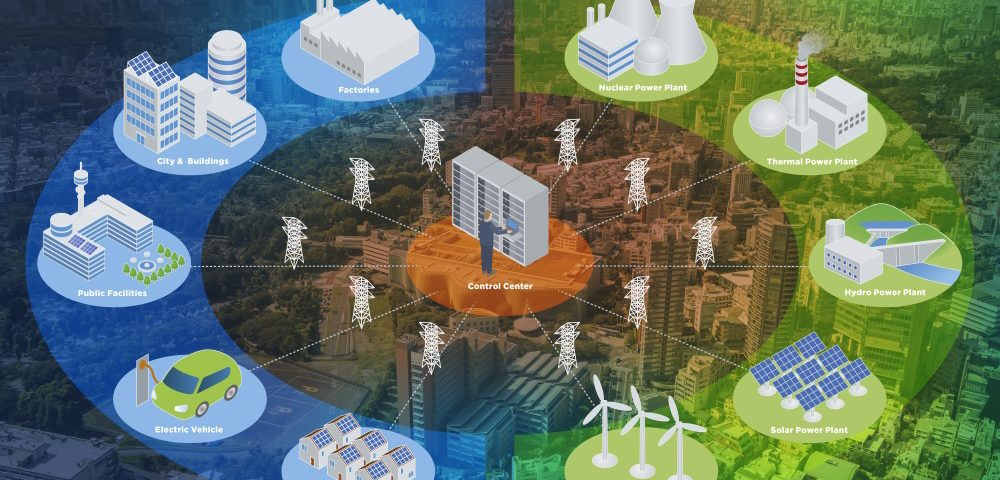Out of the 8.4 billion devices all over the world, only 1% are connected. Each year, the government loses 99% of the opportunity to be more productive, improve public safety, reduce operational costs and increase citizen participation. Then, comes the Internet of Things (IoT). IoT gives the public sector the chance to profoundly alter services through data, analytics, and automation. In simple terms, the Internet of Things refers to any object connected to the internet allowing it to seamlessly send and receive data. Once networked on the web, data can be easily extracted and analyzed – more than enough to revolutionize the public sector’s way of providing citizen services.
Its time to connect everything
Having IoT at the core of government services can pave the way to greater safety, strategic traffic management, efficient transit, and smart public infrastructures. The vision of Smart Cities – towns that harnesses data from citizens, mobile applications, government systems, and other third-party applications and databases to make intelligent and automated decisions is the ultimate goal.
IoT benefits for the Public Sector
1. Enhance citizen and public safe
Through sensor data, the public sector can leverage IoT to detect anomalies in trains, monitor roadway temperatures, and locate mass transit buses in real-time. Utilizing big data from various IoT applications can also help public safety officers to respond quickly to emergencies and even prevent crimes before they even happen.
2. Reduce traffic congestion
Global Positioning System (GPS) enabled tracking devices will give the public sector real-time information about public transportation vehicles – their location, destination and where they are most needed. IoT for the public sector empowers public transportation officials to know average bus waiting times and peaks in use, enabling better supply management. GPS tracking also gives real-time traffic analytics, enabling internet-based traffic lights control to prevent traffic congestion.
3. Reduce pollution
With IoT, the government can help reduce pollution by using sensors. Sensors used in the water supply, can help detect leakage caused by corrosion. IoT can set automatic alerts in case of leaking pipes, helping the government prioritize repairs based on the amount of water loss.
Detecting air pollution through IoT enabled sensors will also allow the public sector to understand causes and fluctuations in air pollution levels. Recent advances in IoT led to the manufacturing of small, portable, low-cost and always connected sensors. With this tech, the government can install pollution sensors to any street furniture, bicycle or even be hand carried by people.
4. Increase disaster prevention and response
IoT sensors installed in buildings, roads, bridges and energy grids can help monitor public safety. With losses in earthquakes, wildfires and hurricanes cost $306 billion all over the world, it is crucial for the government to start investing in IoT. Smart sensors can easily monitor data from roads and bridges, prioritizing preventive maintenance and repairs. Data analytics can also help evaluate the structural integrity of buildings at the event of a hurricane or earthquake. Through the use of machine learning, various IoT datasets can help predict disasters and identify the safest evacuation routes and staging areas.
5. Digital medication
Medical IoT is set to revolutionize healthcare in several ways. For example, X-ray devices have now transitioned to IoT, replacing traditional X-ray film with a digital image. These digital X-rays can even be analyzed in advance by AI detecting abnormalities before technicians and doctors do.
Medical IoT can also help write prescription medicines on a tablet or IoT device and sent directly to a pharmacy. More advanced applications consist of using robotic devices for surgery.
Challenges in implementing IoT
Adopting IoT for the public sector means opening up data to the public, managing security risks and managing operational changes to one’s network. To successfully implement IoT for the public sector, it needs a cost-effective infrastructure to handle data influx. To make this work, start with automating device onboarding. Instead of manually provisioning thousands of endpoints, have a system to automatically assign them to a secure network. Second, it will also help to appoint appropriate bandwidth to devices, so as not to overload the network and cause other objects to lag. Finally, and perhaps the most important thing, is containing IoT networks to mitigate various forms of cybercrime.
Conclusion
IoT applications will help connect citizens to better services. The public sector needs to start its transition not just for the sake of digitization, but mainly for increased economic growth, environmental sustainability, security, and public safety.



